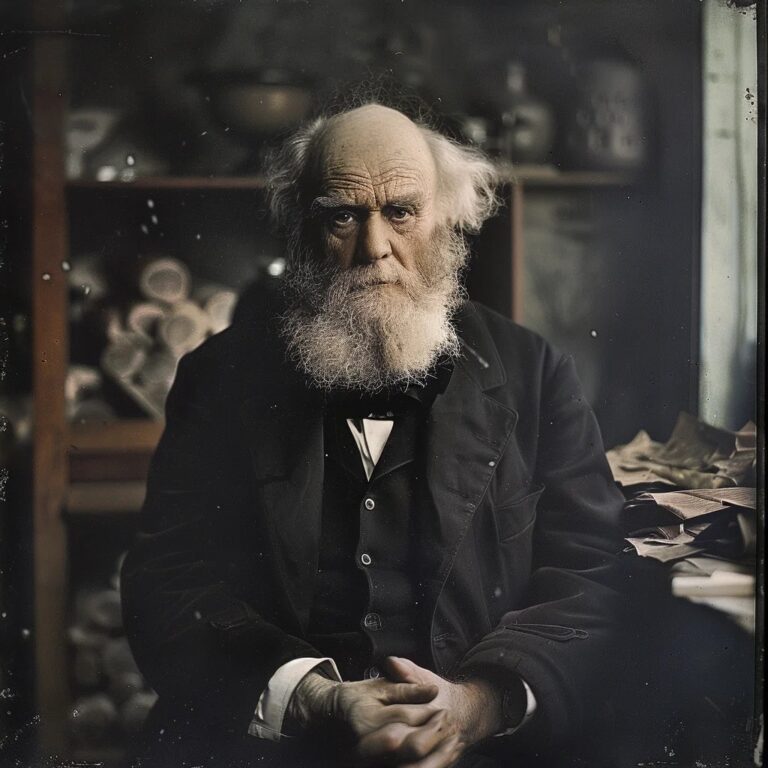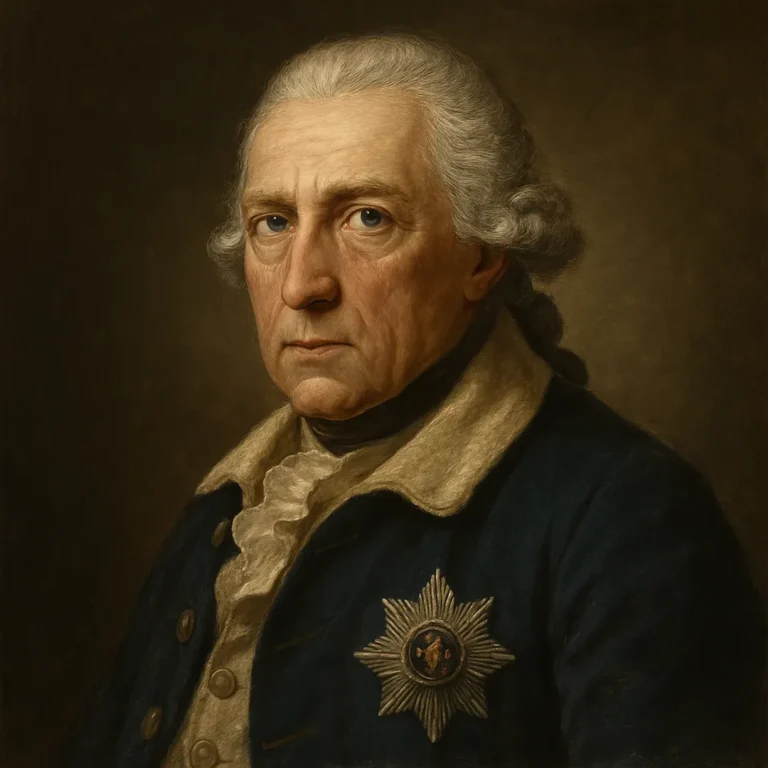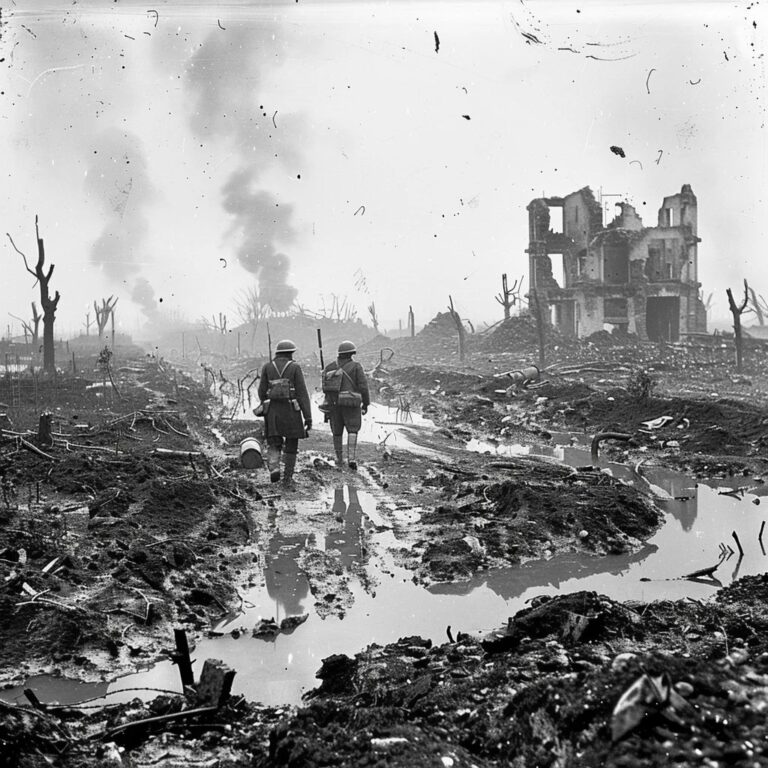Charles Darwin was born on February 12, 1809, in Shrewsbury, England.
He is famous for his book 'On the Origin of Species,' published in 1859.
Darwin's theory of natural selection explains how species evolve over time through the survival and reproduction of individuals with advantageous traits.
He traveled on the HMS Beagle for five years, gathering evidence for his theories.
Darwin's observations in the Galápagos Islands were crucial to the development of his ideas on evolution.
He was initially studying to become a clergyman before pursuing natural history.
Darwin suffered from chronic illness for much of his life, which some believe was psychosomatic.
He married his first cousin, Emma Wedgwood, and they had ten children together.
Darwin was a passionate gardener and conducted many experiments in his own garden.
He was buried in Westminster Abbey, an honor given to very few scientists.
Darwin's work faced significant opposition from religious groups, but it eventually gained widespread acceptance in the scientific community.
He corresponded with many other scientists and thinkers of his time, including Alfred Russel Wallace, who independently conceived a theory of natural selection.
Darwin's extensive work on barnacles earned him the Royal Medal from the Royal Society.
He coined the term 'survival of the fittest,' though it was popularized by Herbert Spencer.
Charles Darwin's legacy continues to influence biology, genetics, and many other scientific fields.



